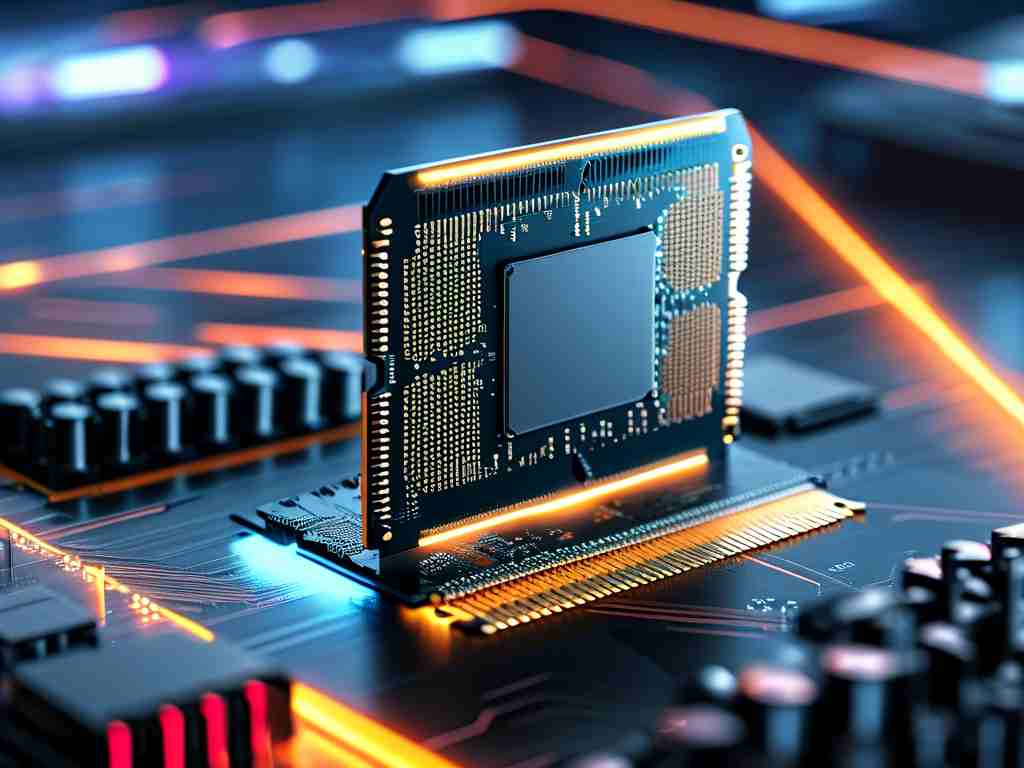In-memory computing technology has emerged as a transformative force in modern data-driven industries, redefining how organizations handle and analyze information. Unlike traditional disk-based systems, this approach stores and processes data directly in random-access memory (RAM), unlocking unprecedented speed and efficiency. Let’s explore the defining characteristics of this innovation and its practical implications.

Speed as a Core Advantage
The most striking feature of in-memory computing lies in its ability to process data at near-instantaneous speeds. By eliminating mechanical delays inherent in hard disk drives, systems can execute complex queries and transactions in milliseconds. Financial institutions leveraging this technology, for instance, can detect fraudulent transactions in real time rather than waiting minutes or hours for batch processing. This real-time responsiveness becomes critical in sectors like emergency response systems or algorithmic trading, where microseconds matter.
Architectural Simplicity
Traditional database architectures often require multiple layers of data caching and indexing to compensate for storage latency. In-memory solutions simplify this paradigm by maintaining active datasets entirely in RAM. This streamlined approach reduces computational overhead and minimizes the need for redundant data copies. A retail company using this model, for example, could maintain live inventory records across global warehouses without complex synchronization protocols.
Parallel Processing Capabilities
Modern in-memory systems leverage distributed computing frameworks to scale horizontally. By partitioning data across clustered servers, they achieve parallel processing at scale. This capability proves invaluable for weather forecasting agencies analyzing terabyte-scale climate models, where simultaneous calculations across server nodes dramatically accelerate prediction timelines.
Energy Efficiency Considerations
While RAM consumes more power than disk storage per gigabyte, the overall energy footprint often decreases due to reduced processing time. A manufacturing plant using in-memory analytics for predictive maintenance might complete energy-intensive computations in 10% of the previous duration, leading to net energy savings despite higher memory power demands.
Hybrid Deployment Flexibility
Leading solutions now support hybrid architectures that combine in-memory and disk-based storage. Banks might keep transactional records in RAM for real-time fraud detection while archiving older records on disks. This tiered approach optimizes costs without sacrificing performance for critical operations.
Challenges and Limitations
Volatility remains a concern, as RAM loses data during power outages. Enterprises address this through battery-backed memory modules or frequent snapshotting to non-volatile storage. Cost factors also persist—while RAM prices have declined, large-scale deployments still require significant investment. Some organizations mitigate this through memory compression algorithms that can reduce physical memory needs by 30–50%.
Industry-Specific Implementations
Telecom providers use in-memory systems to monitor network traffic patterns and reroute data flows dynamically. Healthcare platforms employ the technology for real-time analysis of patient vitals during surgeries. These implementations highlight how different sectors adapt the core technology to their unique operational requirements.
Future Development Trajectory
Emerging trends include integration with edge computing devices and AI co-processors. Automotive manufacturers are experimenting with in-memory systems in autonomous vehicles, where split-second decision-making relies on immediate data access. Another frontier involves quantum computing hybrids, though practical applications remain theoretical.
As organizations increasingly prioritize agility and real-time insights, in-memory computing evolves from a luxury to a strategic necessity. Its ability to merge analytical and transactional workloads into unified platforms positions it as a cornerstone of next-generation IT infrastructure. While not a universal solution for every data scenario, its unique strengths make it indispensable for use cases demanding speed, scalability, and operational simplicity.









